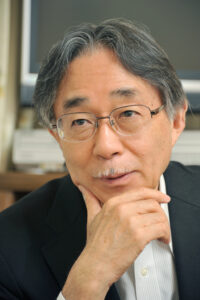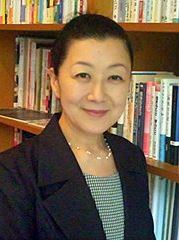
Yamamoto Kozo, a member of the House of Representatives, of the Liberal Democratic Party, has been involved with the drafting of Abenomics initiatives, advocating, if nothing else, large-scale monetary easing since before the second Abe Shinzo administration was formed. Yamamoto, who is also the chairman of the “group that makes Abenomics a success,” a Diet member caucus, was reportedly surprised and could not keep himself from displaying anger when he heard the announcement of the second stage of Abenomics on September 24. The content of the second stage caught him by surprise like a thunderbolt, as he did not recognize any term such as “financial measures” in the list of policies. The Nagatacho sources consider that a significant change has taken place in the part of the brain of the Abe administration that drives financial measures. People who had advocated reflation were excluded from ... ... [Read more]

